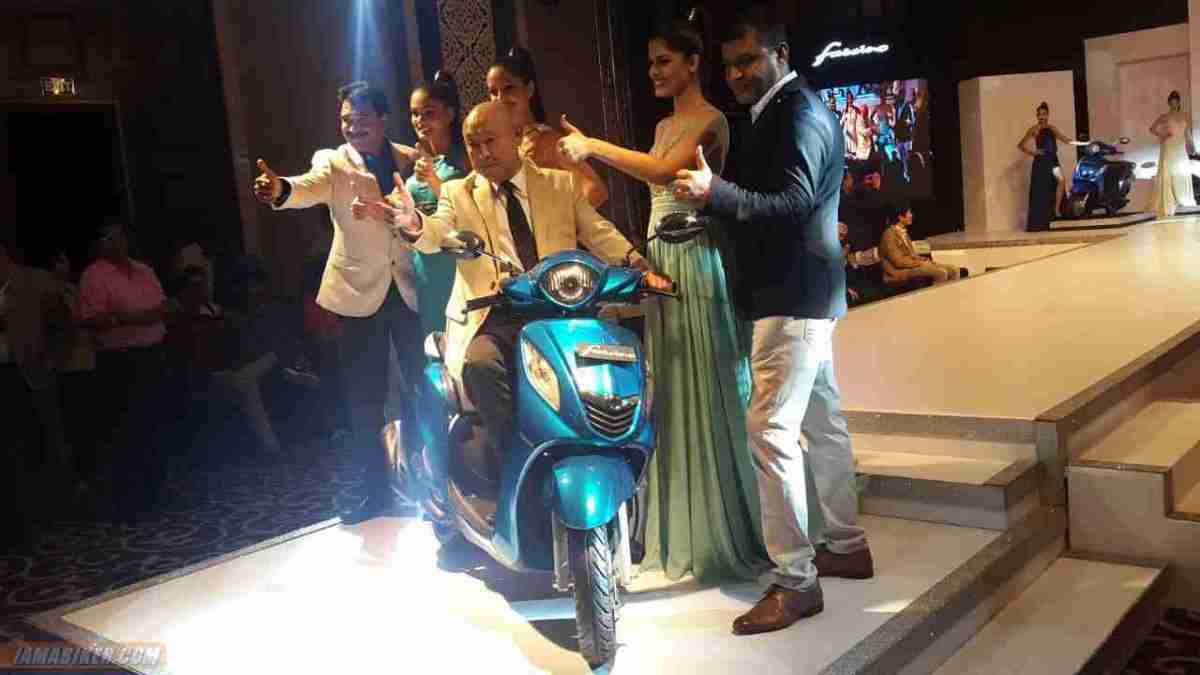Vespa ET4 125cc, 1996 - The "new generation Vespa" launched on the 50th anniversary. A completely new project, it is the first Vespa ever powered by a 4-stroke engine. The Vespa ET is equipped with a front disk brake and an automatic CVT gearbox.
Vespa ET2 50cc, 1997 - Same as the ET4 125, but with a 50cc 2-stroke catalysed engine.
Vespa ET4 150cc, 1999 - First Piaggio scooter equipped with the new generation 4-stroke Leader engine, now on the 125cc model too.
Vespa ET4 50cc, 2000 - The first small Vespa with a 4-stroke engine, combining lively performance that will make no one regret the 2-stroke with quiet running and the reduction of polluting emissions. Fuel economy is outstanding: the Vespa ET4 50 has the highest range in the 50 cc class, with approx. 500 km on a full tank.
Vespa PX, 2001 - Classic design and unique features such as a four-speed gearbox have made the Vespa PX a cult scooter, a symbol of Italian style everywhere in the world. The 2-stroke 125, 150 and 200cc engines (displacements vary according to markets) with forced air cooling have electronic CDI ignition and electric start with a kick starter. The new PX now sports a powerful stainless steel front disc brake, 200 mm in diameter, guaranteeing prompt, safe and efficient braking. A reliable 150 mm reardrummodulates braking.

Vespa Granturismo 200L and 125L, 2003 - In 2003, the Granturismo made its appearance as the most powerful Vespa ever produced. In 200L and 125L versions, it combines the Vespa's emotional appeal with state-of-the-art technology: this was the first-ever Vespa to have sparkling four-stroke, four-valve, liquid-cooled engines that meet the new Euro2 emissions standards, as well as 12-inch wheels on the 200L and a two-disk brake system. The steel body is a uniquely Vespa touch.
Vespa LX, 2005 - Launched in Rome on 10 May, 2005, the LX is the 139th Vespa in almost 60 years. It is the sublime heir of a truly unique legacy, a designer scooter for those who want a stylish, avant-garde scooter for town use. A "compact" Vespa, the LX replaces the glorious Vespa ET (over 460,000 units sold since 1996). It is available in four modern, environment-friendly displacements: 50cc two and four strokes as well as a 125 and a 150cc four stroke.

Vespa GTS 250 i.e. - Fifty years after the launch of the Vespa GS (Gran Sport), the first sport scooter in history and still a sought-after treasure for collectors and fans, Vespa GTS 250 i.e. - launched on 25 May 2005 in Portofino - renews the GS blend of speed and style to become the fastest, most powerful and most high-tech Vespa in history.
With an avant-grade, extremely powerful 250cc four-stroke, four-valve electronic injection engine and two disc brakes with an optional ABS and brake servo, the Vespa GTS 250 i.e. was one of the first two-wheelers and the first 250cc to already meet the strict upcoming Euro 3 emissions limits.
Vespa GTS 125 - As of 2007, the Vespa GTS is also available in a 125 cc version. A perfect combination of elegance and performance, the Vespa GTS 125 offers all the class, exclusivity and high technology of the bigger GT scooter, but with a 125 cc engine.
Vespa GTV and LXV, 2006 - Conceived to celebrate an absolute legend in the world of two wheelers, the Vespa LXV and Vespa GTV repeat and re-interpret the most distinctive elements of ‘50s and ‘60s styling in form and function. The Vespa GTV, available with 125 and 250 cc engines, stands out for its headlight mounted on the mudguard just as the
original 1946 prototype.
The Vespa LXV, offered with a choice of 50, 125 and 150 cc engines, is inspired by the smooth, essential lines of the Vespas of the 1960s, and features a sleek, minimalist look characterised by open handlebars and a two part seat.
Vespa GT 60°, 250cc, 2006 - This is the gift that Vespa was determined to give its fans to celebrate the company's sixtieth anniversary. With its prestigious materials and exclusive finish, this unique limited edition is made in a series of only 999 units, and is destined to become one of the milestones in Vespa's long history.
Vespa S 50 and 125, 2007 - All the character of the sporty "Vespino" of yesteryear is revived by the brand new Vespa S. This fascinating blend of styles and memories keeps the soul of the youngest and most sporting of all Vespas alive in the present day. The Vespa S inherits its rigorously minimalist looks from legendary models of the 1970s like the 50 Special and Vespa Primavera.
























































